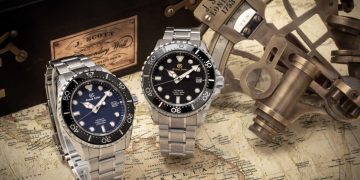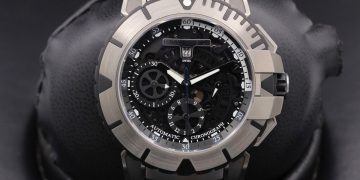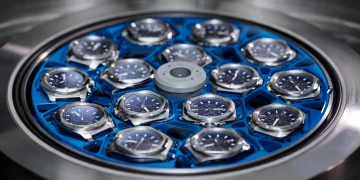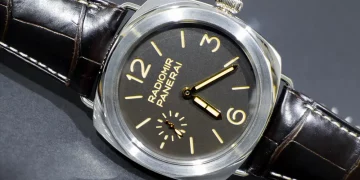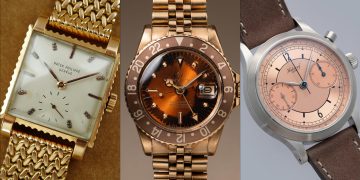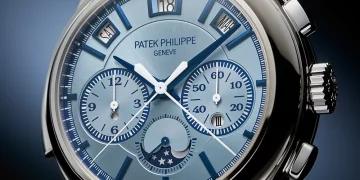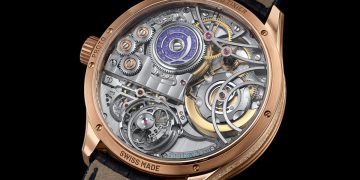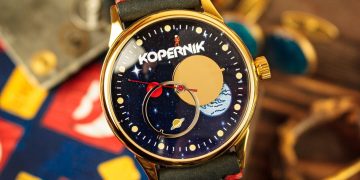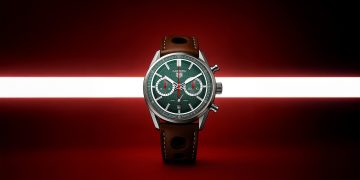The world of luxury watches is one where heritage, craftsmanship, and prestige play pivotal roles in shaping the image and reputation of a brand. Some of the most successful watchmakers, such as Rolex, Patek Philippe, Audemars Piguet, and Omega, are not only renowned for their superior craftsmanship but also for their deep historical legacies. These brands have a long history, often spanning centuries, and their reputation for quality, innovation, and exclusivity has made them stand the test of time.
But the question remains: Can a brand’s long history truly be the key to its success in today’s competitive and ever-changing watch industry? This article explores how a watch brand’s historical heritage impacts its modern-day success, and whether a rich legacy can still be the deciding factor in its ongoing appeal.
1. The Power of Legacy in Luxury Watchmaking
a. Trust and Prestige Through Tradition
The concept of luxury is often tied to exclusivity and heritage. In the world of high-end watches, consumers are often willing to pay a premium for a timepiece that represents more than just a functional accessory. They are seeking a piece of history—something with a legacy of craftsmanship, innovation, and prestige. A brand with a long-standing history can draw on this legacy, instilling a sense of trust and confidence in the consumer.
Take, for example, Patek Philippe, founded in 1839. The brand has built its reputation on creating watches with extraordinary complications and unparalleled mechanical excellence. Its longevity in the market has led to the creation of timeless pieces that are often passed down through generations, helping the brand maintain a strong connection to its roots. Today, Patek Philippe’s deep history, exemplified in the motto, “You never actually own a Patek Philippe. You merely look after it for the next generation,” is a cornerstone of its continued success.
Similarly, Rolex, established in 1905, is a prime example of a brand whose history has played an essential role in its success. Rolex’s commitment to innovation, such as creating the first waterproof watch (the Oyster), along with its iconic models like the Submariner and Daytona, has cultivated a reputation for excellence that remains as strong today as it was decades ago. Consumers trust Rolex because of its longstanding legacy of creating reliable, durable, and prestigious timepieces.
b. Historical Achievements as a Benchmark for Excellence
A brand’s history is not just about time—it’s about milestones. The early innovations and accomplishments of a brand shape its identity and define its future trajectory. Omega, for example, gained immense recognition when its Speedmaster was worn during the Apollo moon landing in 1969. This historical achievement linked Omega with human achievement, reinforcing the brand’s association with precision, reliability, and adventure. Omega’s history of cutting-edge technology and precision engineering continues to resonate with consumers, contributing to its success even in the present day.
Audemars Piguet shares a similar success story, largely due to its pioneering efforts with the Royal Oak in 1972. At the time, the Royal Oak broke from the traditional norms of watch design, being the first luxury steel sports watch. Its introduction marked a pivotal moment in watch history, and the model remains one of the brand’s most iconic pieces. The legacy of the Royal Oak—still considered a hallmark of innovation—continues to fuel Audemars Piguet’s success.
2. Brand Heritage and Consumer Perception
a. Emotional Connection and Brand Loyalty
Luxury watch consumers often seek more than just a high-quality timepiece—they look for a story behind the brand. Emotional resonance plays a significant role in a consumer’s decision to purchase a watch. The idea of owning a watch from a brand with a long and storied history offers an experience that is both emotional and intellectual. It’s not just about the craftsmanship but also about being a part of a tradition.
For instance, owning a Patek Philippe or Rolex watch is often seen as a rite of passage or a symbol of achievement, signaling a deep connection to a tradition of excellence. For many consumers, the decision to buy a luxury watch isn’t just a transaction—it’s a personal commitment to a brand’s values and heritage.
The emotional appeal of a brand’s history can also foster brand loyalty. A customer who purchases a Rolex or Patek Philippe is not just buying a timepiece; they are aligning themselves with a brand that represents prestige, refinement, and heritage. Over time, such emotional ties can translate into repeat purchases, word-of-mouth referrals, and a brand’s dominance in the market.
b. The Sense of Ownership and Longevity
For many consumers, purchasing a high-end timepiece with a strong historical background gives a sense of ownership of a legacy. This sense of continuity is especially important for watch brands that emphasize timelessness. Rolex’s Submariner, for example, is seen by many as an investment piece, not only because of its durability and resale value but because it carries with it a history of prestige that will continue to grow as the years go on. The brand’s long history creates a sense of trust in the product’s longevity.
When a brand has survived for decades or even centuries, it serves as an assurance that the product is not merely a fad but rather something that has stood the test of time. The longevity of a brand is often an indicator of its ability to maintain relevance across generations. This provides customers with confidence that their investment in a luxury timepiece will hold value, both in terms of monetary worth and emotional attachment.
3. Innovation and Tradition: Balancing the Past with the Present
a. Innovative Designs Rooted in Tradition
While a long history can be a key factor in a watch brand’s success, the balance between tradition and innovation is crucial. Modern consumers are no longer satisfied with simply owning a piece of history—they expect continuous innovation that enhances both the functionality and aesthetics of the timepiece.
Brands like Audemars Piguet and Jaeger-LeCoultre have been able to maintain their historical relevance by merging traditional watchmaking craftsmanship with modern design and technology. Audemars Piguet’s Royal Oak Offshore and Jaeger-LeCoultre’s Master Grande Tradition series, for example, both introduce cutting-edge materials, advanced complications, and innovative designs while staying true to the core values of their respective legacies.
Rolex, though renowned for its traditional designs, constantly innovates within the framework of its history. The introduction of the Rolex Sky-Dweller in 2012, with its unique dual time zone feature, and the use of ceramic in bezels reflects how a brand can continue to push boundaries while retaining its core identity.
b. The Role of Historical Expertise in Modern Innovation
Historical expertise and craftsmanship are invaluable when developing new technologies or designs. The deep understanding of mechanical movements and materials that has been passed down through generations is a foundational part of a luxury watchmaker’s innovation process. Watch brands with centuries of history, like Patek Philippe and Vacheron Constantin, can draw from a vast pool of knowledge when developing new complications, improving mechanical accuracy, or experimenting with new materials.
For example, Patek Philippe continues to innovate with grand complications while using centuries-old watchmaking techniques. Their Caliber 89 is a testament to their deep-rooted expertise in creating ultra-complicated movements that carry forward the heritage of precision and excellence.
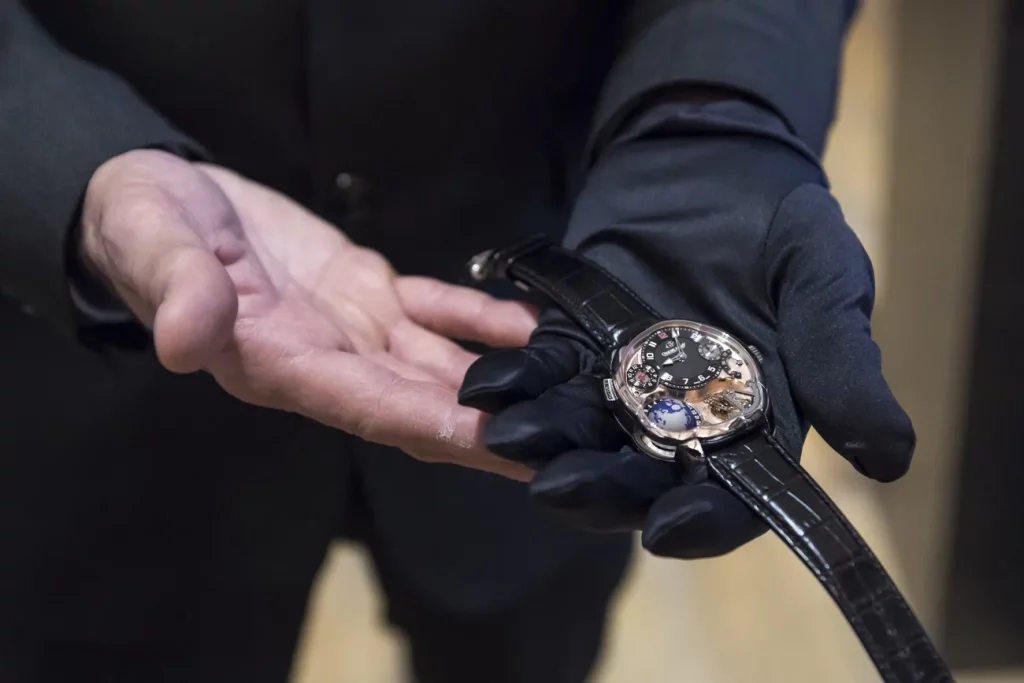
4. The Challenge of Evolving Market Demands
a. The Influence of Modern Trends
While a long history can be an essential element of a brand’s success, the ability to adapt to changing market demands is equally important. Today’s consumers are increasingly concerned with sustainability, ethical sourcing, and technological advancements. Luxury watch brands must balance innovation with traditional craftsmanship in order to stay relevant in a rapidly changing market.
Brands like Tag Heuer and Omega have responded to these shifts by embracing sustainable materials, smart technology, and eco-friendly practices, while staying true to their legacy. The success of these brands lies in their ability to merge heritage with modern trends, ensuring that their designs continue to resonate with contemporary consumers.
5. Conclusion: The Key to Success?
A watch brand’s long history is undoubtedly an important factor in its success, but it is not the only factor. A brand’s heritage gives it a unique identity, establishes a sense of trust and exclusivity, and fosters an emotional connection with its consumers. However, the ability to adapt to modern demands, innovate, and create timepieces that resonate with contemporary tastes is equally crucial.
Ultimately, a brand’s success is built on the ability to honor its history while continuously pushing the boundaries of innovation and design. Legacy and tradition, when combined with a forward-looking approach, allow luxury watch brands to not only survive but thrive in the competitive market of the modern era.


